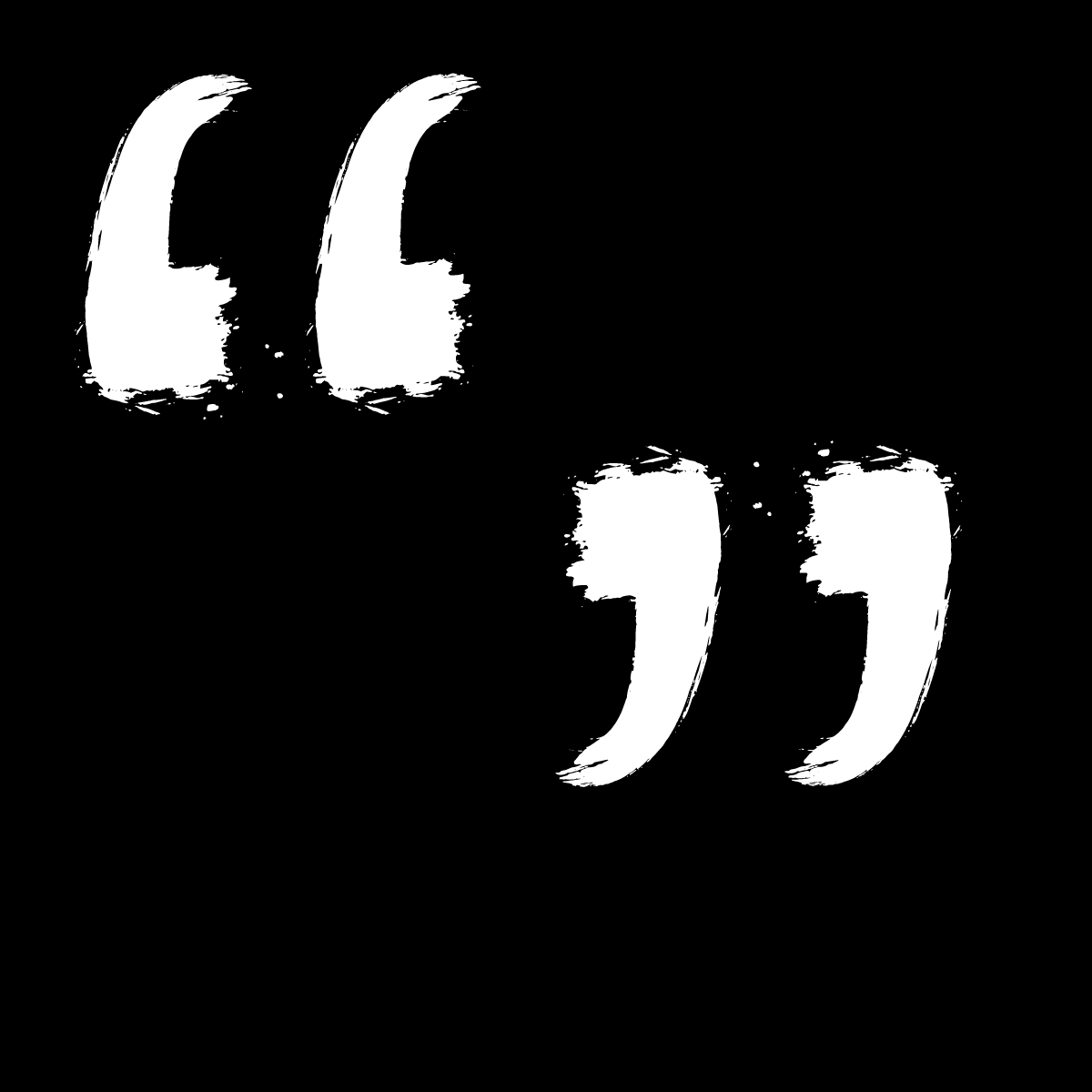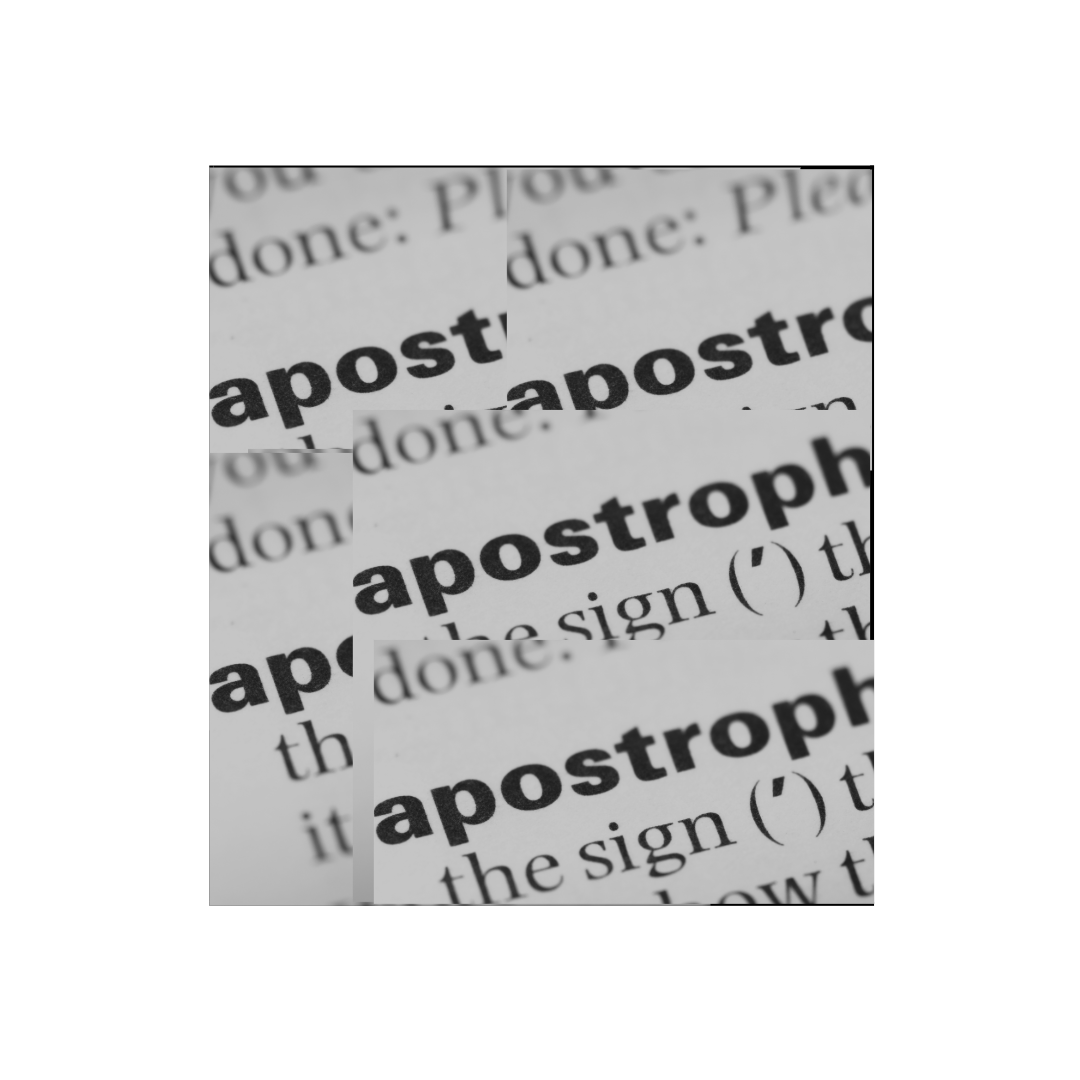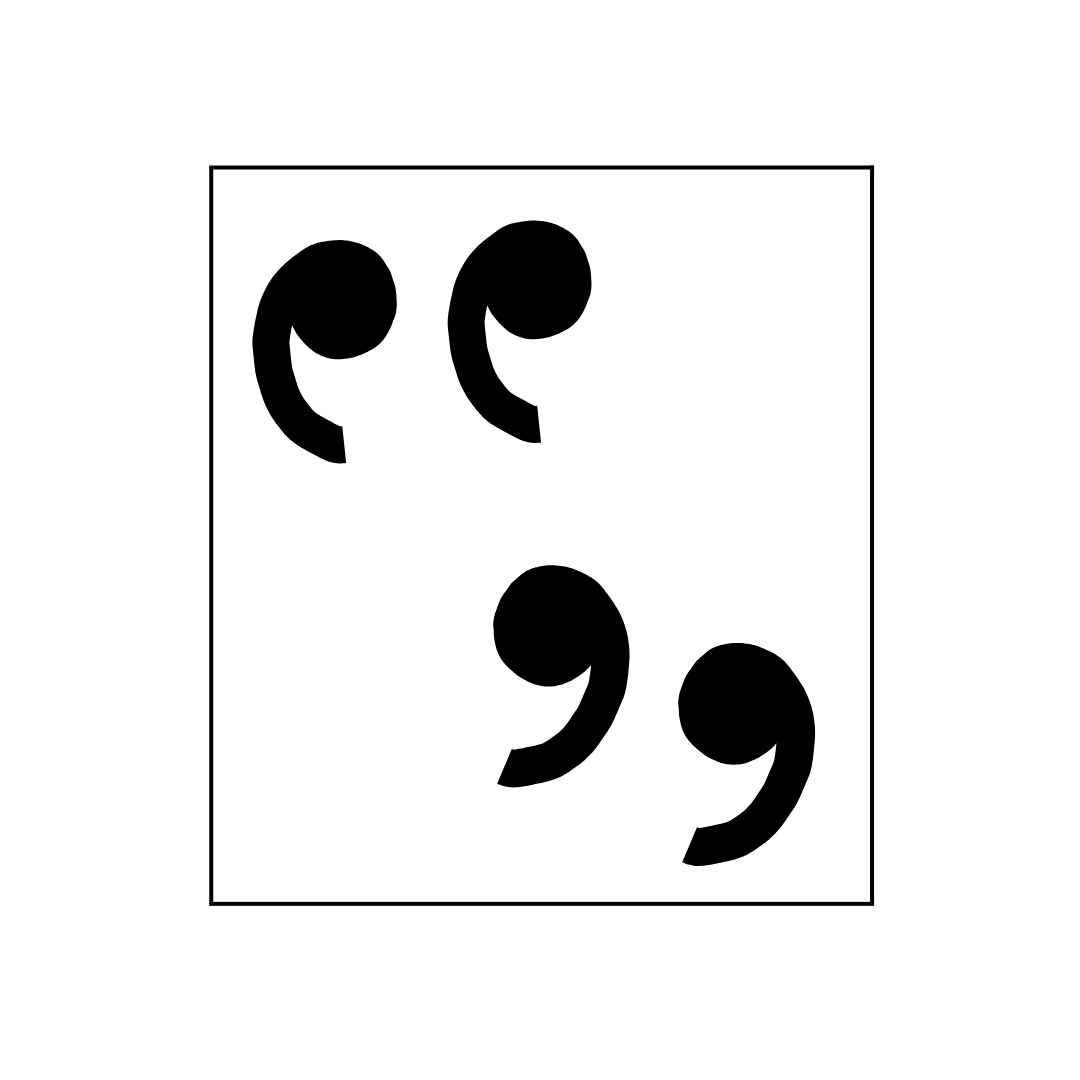Quotation Mark
Quotation Marks
Quotation marks (also known as inverted commas) is mainly used to indicate speech, but is also used for emphasis and to enclose certain titles. Quotation marks can be ‘single’ or “double”, though Australian grammar typically prefers to set off speech with single quotes. As ever, be sure to check with your style guide for quotation mark usage.
Note: Make sure you enable ‘smart quotes’ (curly quotation marks) on your word processor, as they differentiate between opening (‘) and closing quotes (’).
Use quotation marks for:
DIalogue and reported speech
‘It’s a bit far isn’t it?’ he said.
She shook her head, ‘It’s about a fifteen minute walk’
Remember to always capitalise the first letter of dialogue or quoted speech, even if it is not at the start of a sentence.
For quotes within quotes use double quotation marks (or single if you open dialogue with double quotes).
‘As my father used to say “I feel so good, if I fell off a roof I’d go up!”’
titles
Unpublished documents, a chapter, short stories or articles, short poems, songs or lectures are enclosed in quotation marks. In contrast, italicisation should be used when referring to novels, periodicals, works of art, most musical compositions, films, television series and radio shows.
emphasis
Use quotation marks for the first use of a technical term in a non-technical document
The process by which a plant gains nourishment from sunlight is called ‘photosynthesis’
Quotation marks are used for ironic emphasis as well. These instances are called scare quotes.
The government’s ‘green’ initiatives were more lacklustre than we’d hoped.
and nicknames. In these cases, italics can also be used.
punctuation
The placement of punctuation within or without quotation marks varies according to the style. Typically punctuation is left outside of quotation marks when it is part of the carrier sentence (i.e. the sentence that ‘carries’ the dialogue).
David said, ‘I usually have my tea black, but with some sugar’.
Did she say ‘I’ve got a blue car’?
I took a train (‘Everyone have your myki ready’) down to the peninsula.
other rules
When quoting more than 30 words from a source, the quote is set off from the body of the text by indenting the paragraph. Quotation marks are not required here. This is called a block quote.
When quoting poetry, use a solidus (/) to separate line breaks.
If dialogue runs on for more than one paragraph with no change in the person speaking, place a quotation mark at the start of all paragraphs to indicate that dialogue is continuing, and at the end of the final paragraph.






